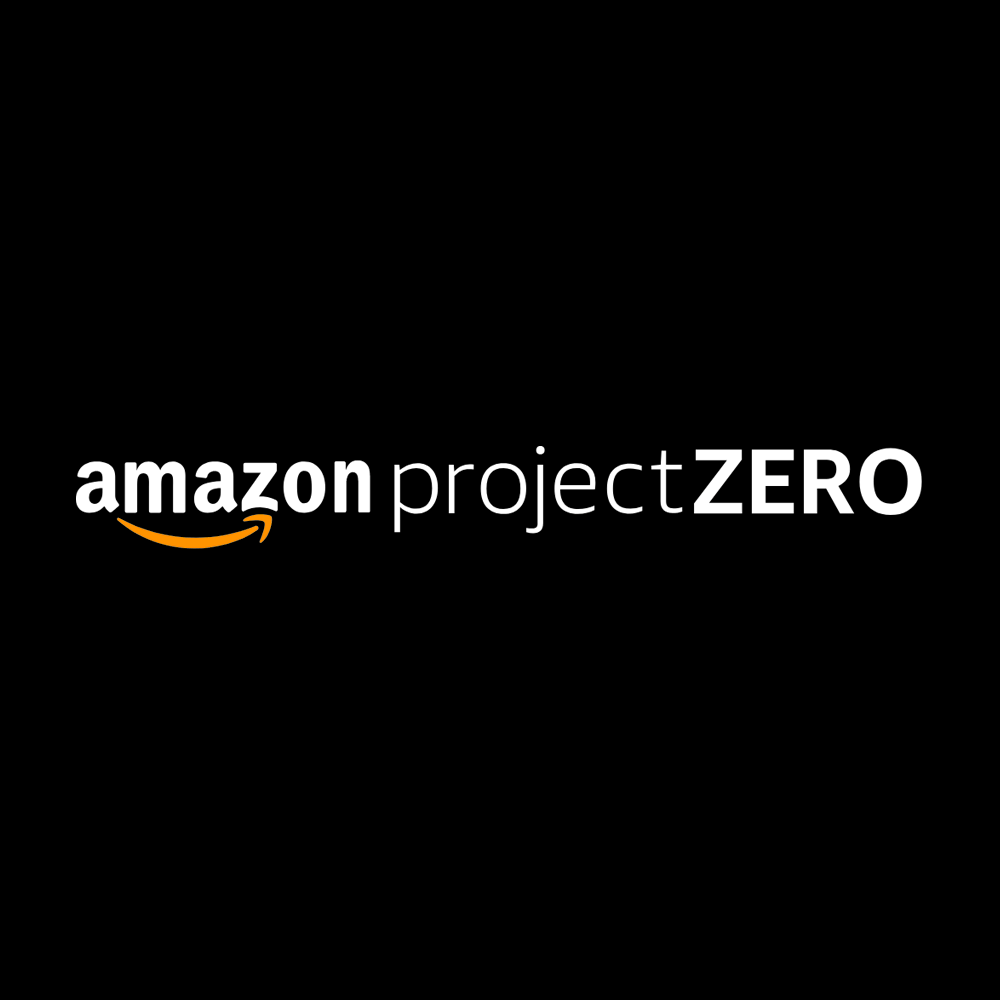October 17, 2018 – For better or for worse, the advent of the internet has radically rewritten the rules of the game for many industries. The retail sector is a good example of an industry going through unprecedented change as we speak. In a matter of years, the huge popularity of online shopping, powered by the emergence of e-commerce sites, has forced retailers worldwide to rethink their operating model to meet rapidly shifting customer expectations. Failure to do so has been well documented in the media, with household name brands like Toys R Us recently closing its doors after 70 years in business.
With mounting pressure for manufacturers to attract shoppers, many are turning to retailers to expand their reach. While this offers some obvious benefits, namely access to a wider audience, it also carries its very own set of challenges. As price remains the main decision driver for consumers, when one retailer slashes prices to entice shoppers, this can have a negative domino effect on a business’s bottom line. This also causes a number of setbacks for brick-and-mortar stores, which, because of their higher operating costs, are often left with little wiggle room to lower prices without risking going out of business.
Establishing rigorous pricing guidelines, such as minimum advertised pricing (MAP), helps manufacturers determine the absolute cheapest price a distributor or retailer can advertise a product at. Although MAP is not legally binding, monitoring price mapping can help manufacturers effectively define future relationships with a partner, while also delivering many incentives for retailers and distributors. However, note that while MAP policies do not act as a legal contract per se, the agreement must meet certain criteria to prevent possible antitrust law violations. For instance, clearly acknowledging from day one that the policy itself doesn’t act as a bilateral agreement but that suppliers are free to act against violators will make for a more transparent manufacturer-distributor relationship.
Benefits Of MAP Policies
1. Retain brand identity: Beyond the product itself, retail price is one of the most important indicators shoppers will use to determine both the authenticity and the value of a product. Constant price changes can negatively impact the reputation of a brand, causing it to lose its premium status over time. Burberry recently came under fire for burning its own products, including clothes, accessories and perfume, in an effort to protect its brand and retain its exclusivity status.
2. Prevent margin erosion: While many online sites are willing to take a margin cut on the sales of a product to attract traffic to their sites, when retailers sell their products below MAP, this can significantly hurt a manufacturer’s bottom line. However, when manufacturers and retailers work together to set a minimum advertised price, it can benefit both parties involved. By working together, they can sell products at the best-valued price to shoppers, and it can also help in creating a more balanced economy and prevent hyper-competition of their own products.
Read the full article in Forbes





